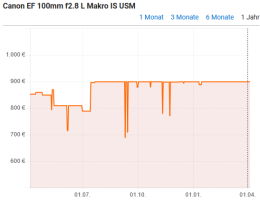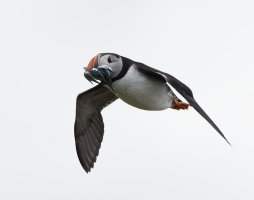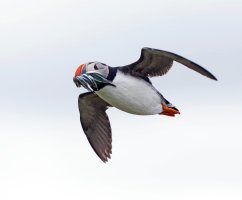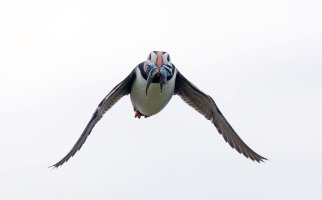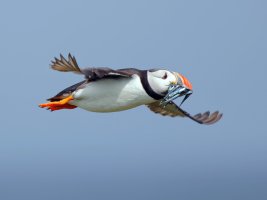sdf
Completely agree. A few years back when I used Nikon gear I purchased the 300 mm PF lens. Absolutely loved the lightweight and compact size, but the background quality was poor. The background on Canon's DO is better, but still not as good as a non-DO lens in my opinion. Of course, this could all change as technology progresses....
Have you actually used the 500mm f/5.6 PF, which is second generation? Here are appraisals of the bokeh from reviewers who have.
https://www.dpreview.com/articles/3889977670/shooting-with-nikon-s-new-500mm-f5p6-pf-in-kamchatka
I didn’t expect this baby lens to be capable of the same image quality as the F4E, but it is! The D850’s 46 megapixels place a huge demand on any lens, and the 500mm F5.6E PF really delivers. Bokeh looks great, I couldn’t persuade it to flare while shooting against backlighting and I didn't notice any issues with chromatic aberrations.
http://www.theluminarydiary.com/500mm-pf-img-quality/
Bokeh is great – super smooth and none of the artefacts usually associated with Phase Fresnel/Diffractive Optics are present, at least in my experience.
https://photographylife.com/nikon-500mm-f-5-6e-pf-vr-initial-impressions
Overall, I found bokeh and out of focus rendering to be quite pleasing and a tad smoother than what the 200-500mm produces. I found bokeh to be much better than what the 300 f/4 with the TC 1.4x combo can produce from the same distance, which is expected.
https://www.imaging-resource.com/lenses/nikon/500mm-f5.6e-pf-ed-af-s-vr-nikkor/review/
Ultimately, I like the bokeh on the 500mm f/5.6 lens, and if you can get close to your subject while keeping the background far away, you can get soft backgrounds with good subject separation and depth. If the price for having a lightweight and easy to use 500mm lens is that sometimes the background is not creamy soft, I'm okay with that.
https://www.photographyblog.com/reviews/nikon_afs_nikkor_500mm_f5_6_e_pf_ed_vr_review
Bokeh is a word used for the out-of-focus areas of a photograph, and is usually described in qualitative terms, such as smooth / creamy / harsh etc. In the AF-S Nikkor 500mm f/5.6E PF ED VR, Nikon employed a diaphragm with 9 rounded blades, which resulted in a nice bokeh in our view.
https://www.kenrockwell.com/nikon/500mm-f56.htm#bokeh
Bokeh, the feel or quality of out-of-focus areas as opposed to how far out of focus they are, is very good. As with most ultrateles, backgrounds completely disappear:
https://www.anthonybaines.co.uk/blog/2019/9/20/some-thoughts-on-the-nikon-500mm-f56-pf-lens
I've seen some comments on some online forums that they don't like the quality of the out of focus areas (the bokeh) and the way the focus transitions between sharp and unsharp areas. I find these complaints hard to interpret. There's very smooth bokeh when the background is fully defocused. At the Shuttleworth Collection, I photographed several aircraft against various backgrounds that were not fully defocused, with small details from leaves, trees, and buildings. Under these conditions, my aperture is limited by the shutter speed I want: on a bright day, even at ISO Lo1, getting, say 1/80 may mean that the aperture is well stopped down, so the background is still partially focussed. Perhaps it could be smoother, but overall, it is a non-issue for my taste.
https://www.lenstip.com/540.7-Lens_....6E_PF_ED_VR_Coma__astigmatism_and_bokeh.html
The appearance of out-of-focus images would be perfect if not for a lighter area in the centre of the circle. Apart from that you can spot a slight influence of mechanical vignetting.

